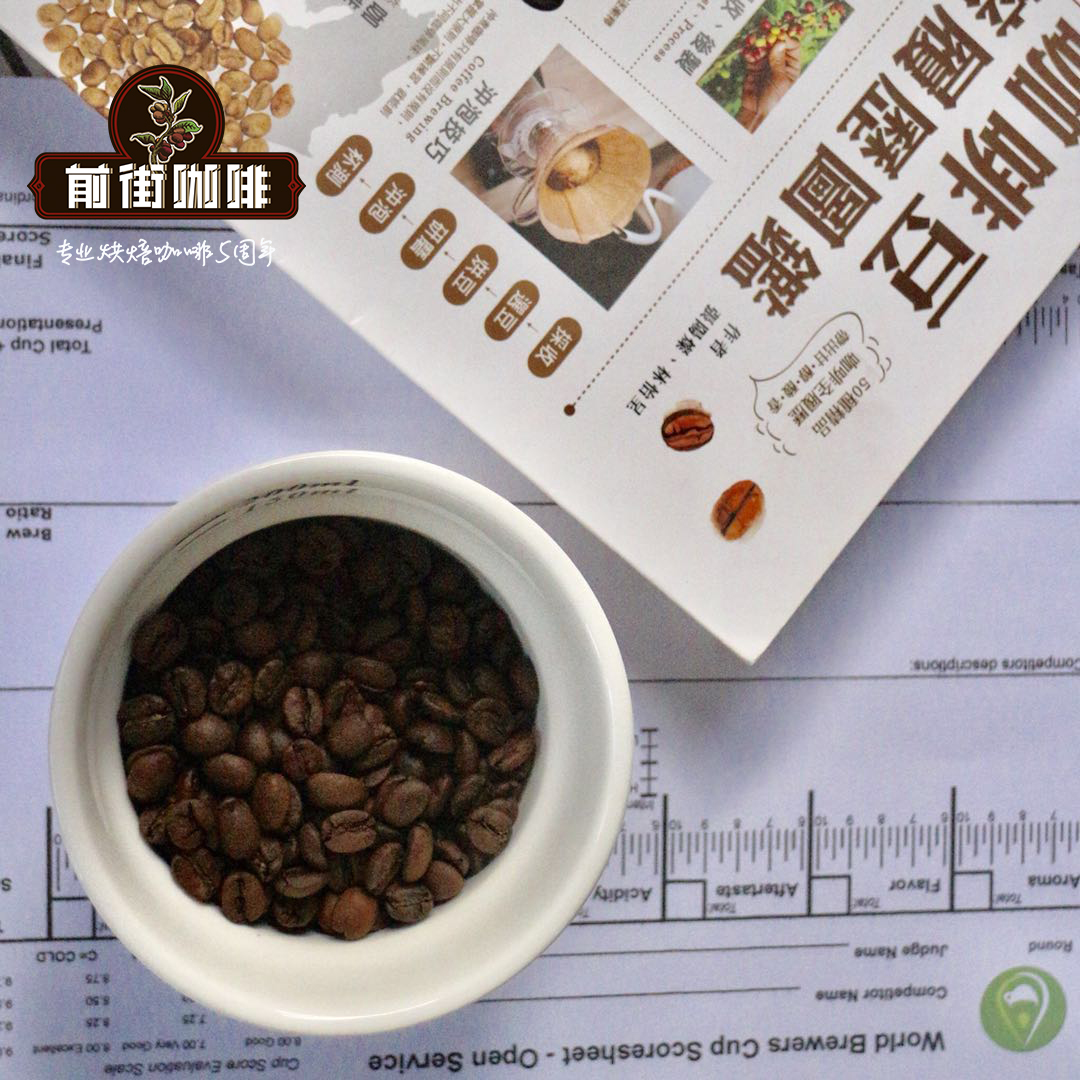How do you make espresso? What is the channel effect? How would you like your espresso?

Professional coffee knowledge exchange more coffee bean information please follow the coffee workshop (Wechat official account cafe_style)
Coffee cake cracks affect the taste
To make a good espresso, the first thing to guard against (channeling): if there are cracks in the coffee cake, according to the inertia of water, it will flow away from the place with the lowest resistance. Therefore, the coffee powder on both sides of the crack will be overextracted after a certain period of time, but other parts of the cake pressed powder may not be wet through at all and become underextracted. Therefore, although 14 grams of coffee powder to make 21 grams of "standard coffee", if there are cracks in the cake, in fact, the extraction may be less than half. What is more, the part of the crack that tastes bad becomes bitter due to excessive extraction. Therefore, the goal of opening the handle with the naked eye is to "let it taste what should be tasted, and stop when it is enough, regardless of whether it reaches the standard or not."
If espresso is an acid (A) bitter (B) balanced drink, then the ristretto with shorter extraction time is mainly acid (A), because the fruit acid has high water solubility and will be extracted first. On the contrary, excessive extraction is characterized by a taste similar to peanut ash (C). The ideal espresso is only A B, but in fact, a small amount of C is inevitable. Ristretto can be processed with the same coarse but short time to avoid the emergence of B; another method is to extract the coarser powder with a longer time. Even if it's only 20 milliliters, we call it espresso profile. Is there an A, a C and a large cup? That is the ristretto that failed to extract.
It is more interesting to follow the sense of taste than to blindly conform to standards.
Important Notice :
前街咖啡 FrontStreet Coffee has moved to new addredd:
FrontStreet Coffee Address: 315,Donghua East Road,GuangZhou
Tel:020 38364473
- Prev

Introduction to the flavor characteristics of Dominican coffee beans how about Dominican coffee beans? Is it good?
Professional Coffee knowledge Exchange more information on coffee beans Please follow the coffee workshop (official Wechat account cafe_style) Coffee produced in Dominica is rarely exported, mainly for the residents of the island. The coffee here has a mild, balanced flavor, with soft nutty, chocolate and berry notes, as well as a delicate acidity spectrum. The planting area of Caribbean red rosefish is Dominica.
- Next

The advanced play of individual coffee-try to create your own "signature coffee" with coffee beans
Professional coffee knowledge exchange more coffee bean information Please follow the coffee workshop (Wechat official account cafe_style) to prepare comprehensive formula coffee beans. Although there are various purposes, the ultimate goal is a new flavor with a sense of balance. Mixed coffee with different flavors has become the representative of various cafes, whether it is a boutique coffee shop with all kinds of coffee beans, a seller of coffee beans, or
Related
- Detailed explanation of Jadeite planting Land in Panamanian Jadeite Manor introduction to the grading system of Jadeite competitive bidding, Red bid, Green bid and Rose Summer
- Story of Coffee planting in Brenka region of Costa Rica Stonehenge Manor anaerobic heavy honey treatment of flavor mouth
- What's on the barrel of Blue Mountain Coffee beans?
- Can American coffee also pull flowers? How to use hot American style to pull out a good-looking pattern?
- Can you make a cold extract with coffee beans? What is the right proportion for cold-extracted coffee formula?
- Indonesian PWN Gold Mandrine Coffee Origin Features Flavor How to Chong? Mandolin coffee is American.
- A brief introduction to the flavor characteristics of Brazilian yellow bourbon coffee beans
- What is the effect of different water quality on the flavor of cold-extracted coffee? What kind of water is best for brewing coffee?
- Why do you think of Rose Summer whenever you mention Panamanian coffee?
- Introduction to the characteristics of authentic blue mountain coffee bean producing areas? What is the CIB Coffee Authority in Jamaica?

